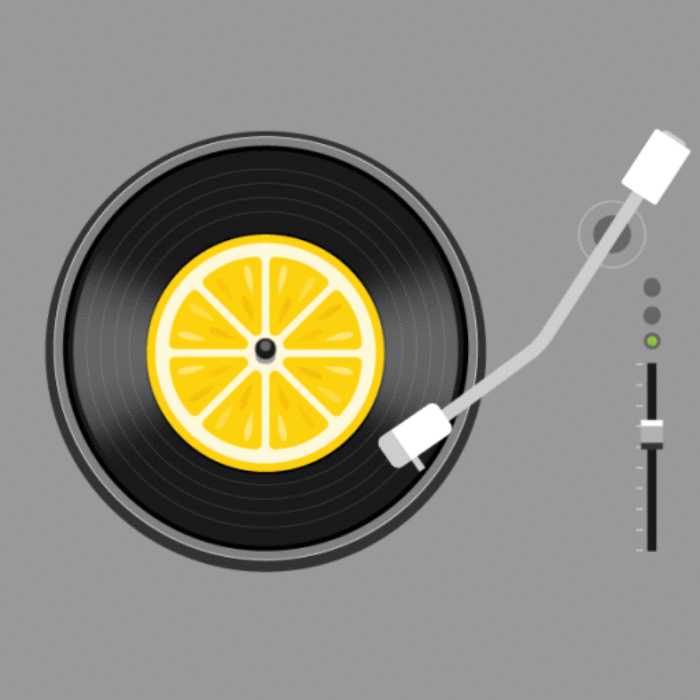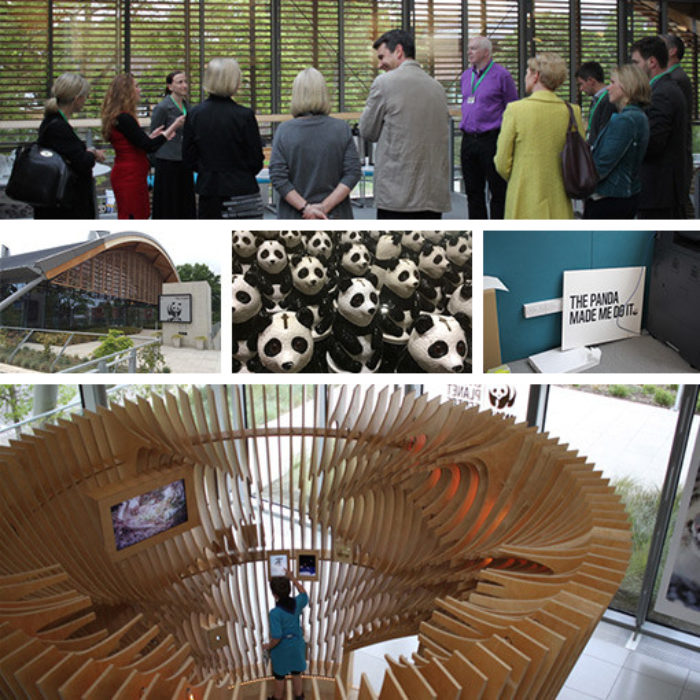Become an innovator (part 12): Make mental models
This blog series explores the shared characteristics of innovative people and organisations, with a particular focus on what innovators think, feel, believe and do. We’re also looking at how we can all do more to encourage and create innovative workplace cultures.
The twelfth characteristic shared by all those with a spirit of innovation is to make sense of our world through mental models.
“You’ve got to hang experience on a
latticework of models in your head.”
Charlie Munger, Vice Chairman, Berkshire Hathaway
Navigating a complex world
We create mental models to make sense of our world. We’ll have a model in our minds of how our lives should progress, of what makes a good parent and of our neighbourhoods. Think of them like maps that help us navigate. For example, we make sense of political opinions when we think of them as being on the left or the right.
Mental models help us make day-to-day decisions. Paediatric neurologist Douglas Larsen put it like this when consulting with a patient: “The patient comes in and gives you a story. As you listen, you’re consciously thinking through your mental library to see what fits, while also unconsciously polling your past experiences to help interpret what the patient is telling you.”1
Some of my own mental models:
- I have an ‘ABCD’ mental model for good journalism: a professional news story is Accurate, Balanced, Concise and Dynamic.
- I have a mental model for how people make decisions; what we think and feel influences what we believe, what we believe influences what we do.
- I also have a mental model for personal power. It spells CIA: there are things we Control, things we can Influence, and things we just need to Accept.
Sometimes our mental models are products of our time. It used to be a common mental model that the Sun revolved around the Earth. Another said that the Earth was flat. Another that kings and queens were appointed by God.
Sometimes, mental models are strong and difficult to change. Is the main purpose of business to make money for shareholders? Is marriage a commitment between a man and a woman? Are people fundamentally good or bad? Are humans a part of nature or apart from nature?
“We carry around sets of assumptions in our heads about how things work”, says Hal Gregersen, former Executive Director of the MIT Leadership Centre, “allowing us to operate on autopilot in many respects so we can allocate our rational attention to things that really do require new thinking. The thing is, mental models themselves have shelf lives, so we need to find mechanisms for revising and updating them.”2
Model behaviour
Here are three things we think we know for sure about mental models:
- Existing mental models are hard to change. Cognitive and learning scientist Michelene Chi says getting mental models wrong is the “fundamental source of robust misconceptions”, even among scientists. That’s largely because ideas in our brain are like rivers. The more we have a thought, the more it carves a riverbed between neurons. Changing the flow of the river is challenging.
- Innovators create new mental models. Martin Seligman, ex-President of the American Psychological Association, changed the direction of psychology by reframing a question. Instead of hunting for the roots of negative mental health, what if psychology explored the positive attributes of good mental health? This led to his PERMA mental model; good mental health was about Positive emotions, Engagement, Relationships, Meaning and Accomplishments.
- Visualising mental models makes them easier to recall. In the 1930s, psychologist Kurt Lewin came up with the mental model of force field analysis. Imagine in the centre of an A4 sheet of paper is the change you are seeking. On the left-hand side are arrows that are compelling your movement towards your goal. On the right-hand side are arrows repelling you away from your goal.
How an egg broke Italian architecture

In 1418, Filippo Brunelleschi was taking part in a competition to build the dome for Florence’s cathedral. The young architect described his solution as a dome within a dome, octagonal in shape, capped by a cupola to let in light. He was asked to share exactly how this could be done.
He didn’t want other architects to steal his ideas, so he suggested the commission should be given to the architect who could make an egg stand upright. Everyone tried and failed. Brunelleschi then smashed the egg in two, and stacked one half of the shell on the other, causing the egg to stand upright. He was granted the commission.
Sometimes you have to break something to build something.
Finally, to read more on mental models, I highly recommend ‘The Great Mental Models’ by Shane Parrish and Rhiannon Beaubien.
Learn more
This is part twelve of a series of articles on the characteristics of innovative people and organisations. The next instalment is coming soon, but in the meantime you can explore the full set in detail, by downloading our free report Innovation for Everyone.
And if you want a chat about how to create a more innovative culture in your organisation, just drop me a line at john.drummond@corporateculture.co.uk
Sources:
- Brown, Peter C. ‘Make It Stick: The Science of Successful Learning.’ The Belknap Press of Harvard University Press, 2014
- ‘Questions are the Answer’, Hal Gregersen, Harper Business, 2018, p104




